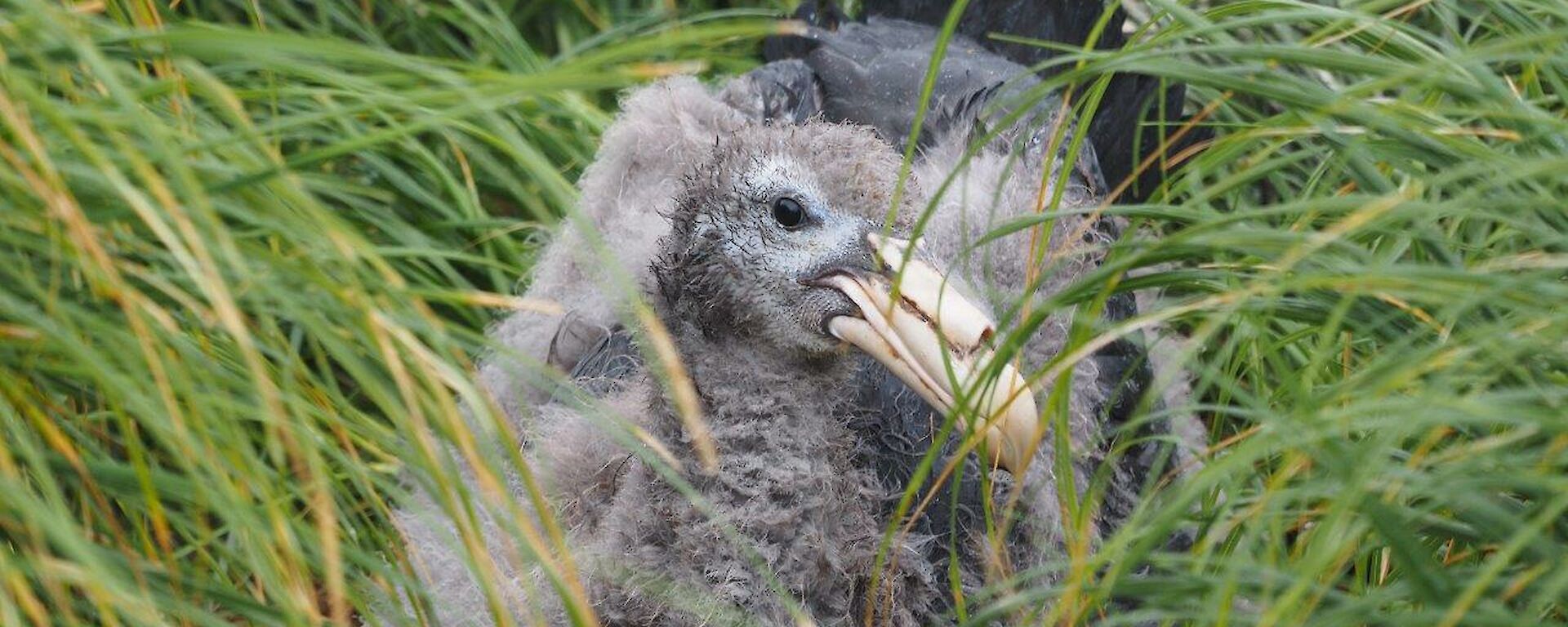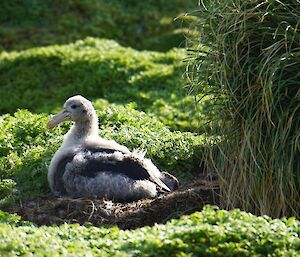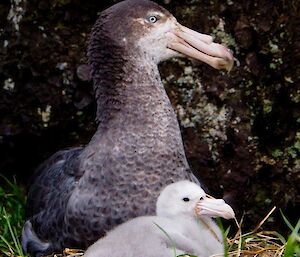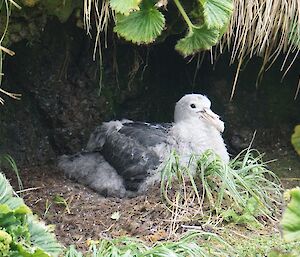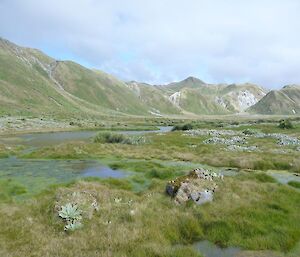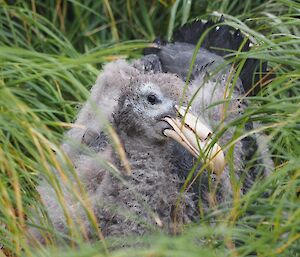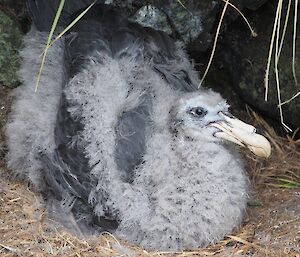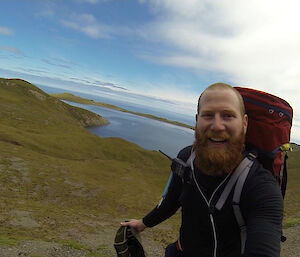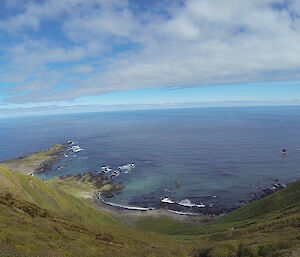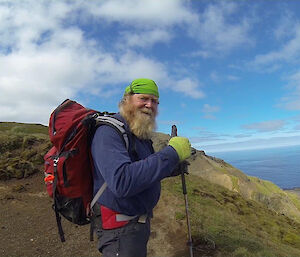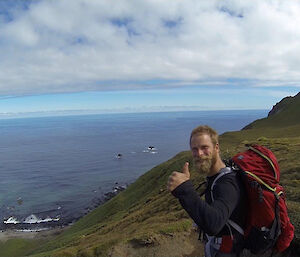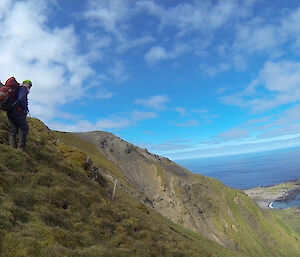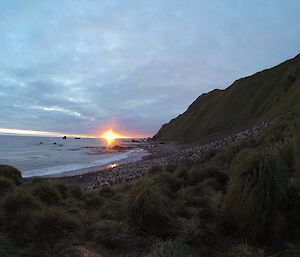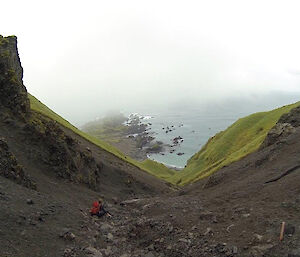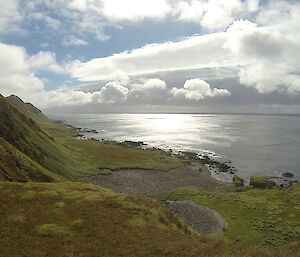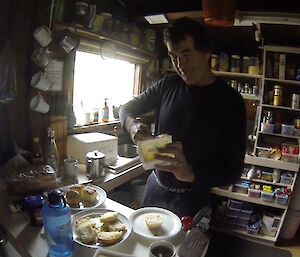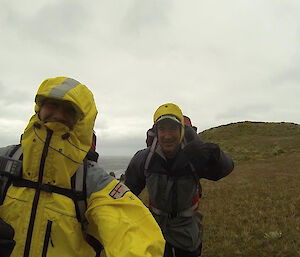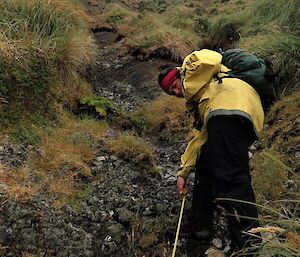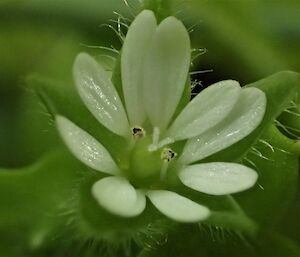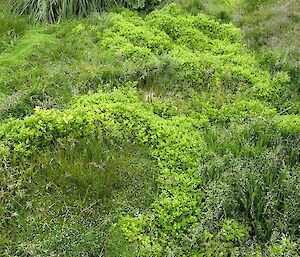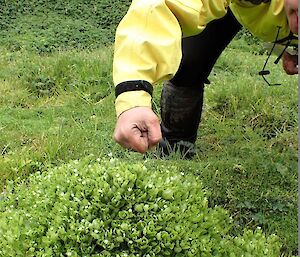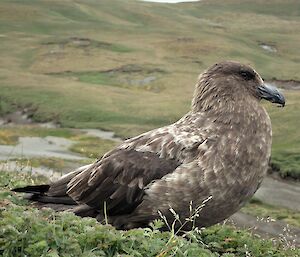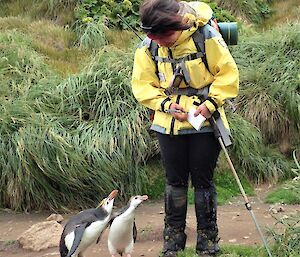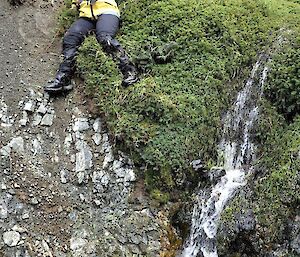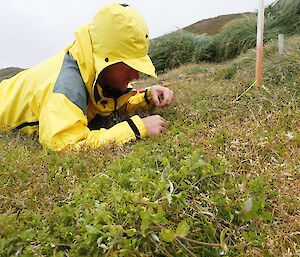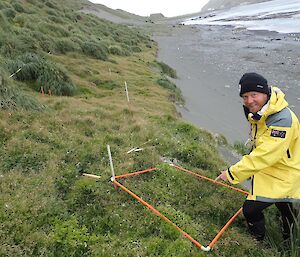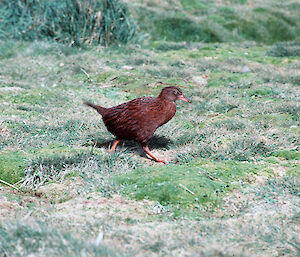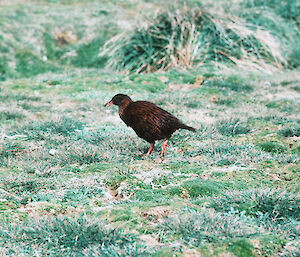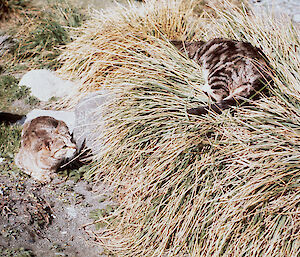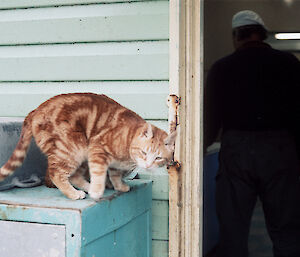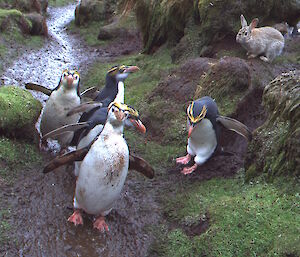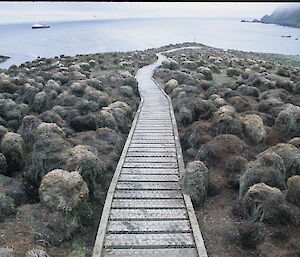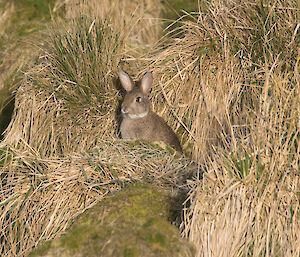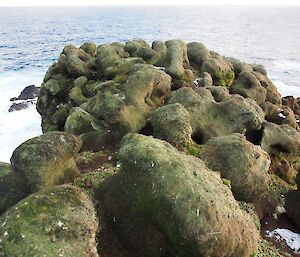Northern giant petrels (NGPs) are one of two giant petrel species breeding on Macquarie Island (the other being the southern giant petrel) with numbers estimated over 1500 breeding pairs.
Listed under the Agreement on the Conservation of Albatrosses and Petrels (ACAP), an international agreement coordinating efforts to mitigate known threats to albatross and petrel populations, the Macquarie Island NGP population is monitored annually as part of the albatross and petrel program.
In September each year a census of eggs laid is carried out on the featherbed. In January, this is followed up with a census of chicks to determine the breeding success for that year. Since MIPEP the NGPs appear to be steadily increasing in number with the highest number of breeding attempts recorded last September.
Recent weeks have seen a combined effort from the albatross team of Kim and Penny, wildlife ranger Marcus and numerous enthusiastic volunteers (thanks Esther, Marty, Murray, Greg, Gorge, Ali, Kane, Mizza, Dan, Alex and Laura!) to complete the January chick census.
Working out of station at the field hut at Bauer Bay, teams of two visited each nest in the study area to record chick presences. Volunteers coming in were a great help when trying to relocate nests recorded in September amongst the rapidly growing tussock. Chicks were fitted with an individual ID band, enabling them to be identified when they return to the island to breed in around eight years.
With the chick’s habit of regurgitating oily stomach contents onto the person banding them (their defence mechanism against predators), banding can be a messy job. Everyone on station was also treated to the occasional whiff of fish coming off returning banding teams. That stuff doesn’t seem to wash off!
Penny Pascoe

